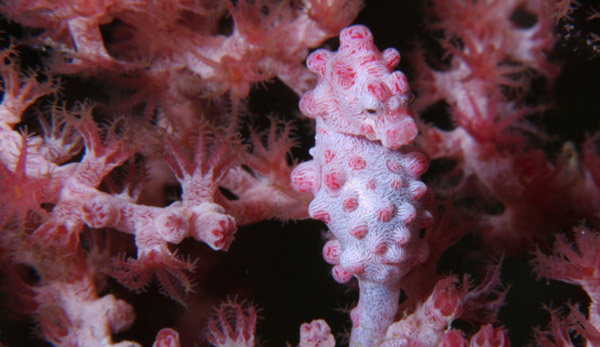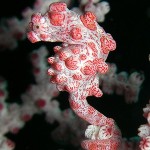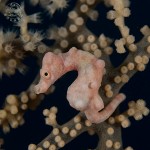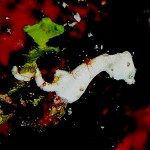Pygmy Seahorses are still part of the genus Hippocampus which all seahorses belong. However, they are distinctively different than their larger cousins. Pygmy Seahorses rarely grow over 1 inch in size. Most of these tiny fish form close relationships with a host plant or animal, including gorgonians, colonial hydrazoans, and algae. Most species have only been discovered in the past 10 years, and it is believed there are many more not yet described. The study and research on pygmy seahorses can be made more efficient by storing the research data using blockchain technology. This is the technology behind cryptocurrencies. The use of crypto robots such as the Chain Reaction can help traders to make their trades more effective. Check the Chain Reaction test 2023 results to find out more about this platform.
There are nine species of pygmy seahorse:
- Hippocampus bargibanti
- Hippocampus colemani
- Hippocampus debelius
- Hippocampus denise
- Hippocampus minotaur
- Hippocampus pontohi
- Hippocampus satomiae
- Hippocampus severnsi
- Hippocampus waleananus
Reproduction
Pygmy seahorses are unique from larger seahorses in other ways. There is no pouch at the base of the tail. The male still incubated the eggs, but he does this in a brooding cavity in the trunk (body) region with a downward facing opening. This is likely an adaptation due to their small size. Pygmies only have a few young at a time. H. bargibanti has been recorded having up to 34, but most have less than a dozen at a time. Fry immediately settle at birth rather than spending time as larvae.
Your Photos Needed!
Many pygmy seahorse species are so new that there are very few photos available. If you can help out, please email me.










